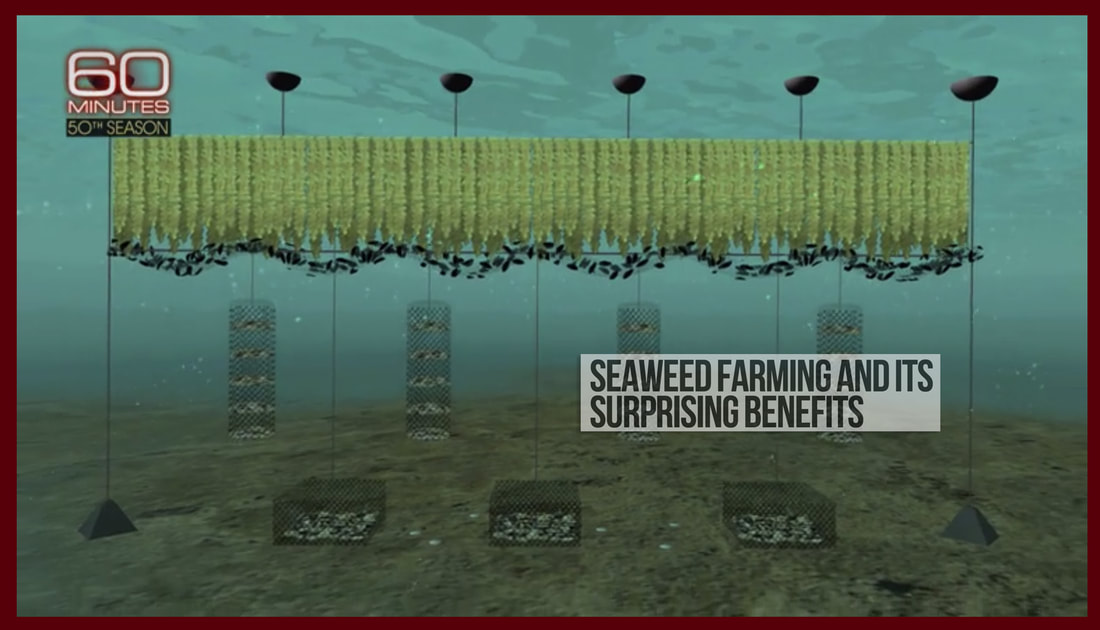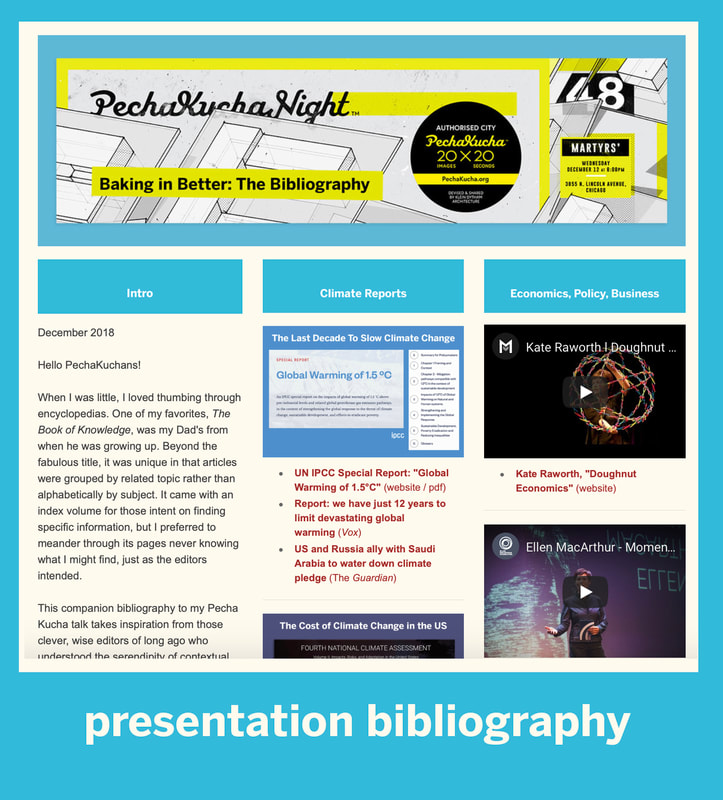It is all about balance. It is always about balance. Carbon spread out in the right amounts between air, ground and water not only is ok, it's great—absolutely essential to life. Yet it took just a couple centuries to knock everything out of whack with the prodigious burning of long buried "fossil" carbon—oil and coal.
Too much carbon in the atmosphere and temperatures rise and the climate gets weird. Too much carbon in the water causes acidification, which dissolves the shells of anything that depends on a shell. Warmer air also raises water temperature, which in turn contributes to the melting of polar ice caps and to sea-level rise (seawater expands as it heats up). If that weren't enough, warmer water also means less dissolved oxygen for fish and other critters of the deep to breathe.
Meanwhile back on land deforestation and fertilizer-intense agricultural practices have dramatically reduced the amount of carbon stored in soil. Where did it go? Into the air, of course, with some of it eventually being taken up by the sea. Carbon-poor soil is also less fertile, so bad gets worse. In short, everything carbon-wise that could go wrong actually is going wrong.
With all that in mind, I watched a special screening of "Chasing Coral," a film about a band of intrepid scientists who managed to document coral bleaching in real time. It is heartbreaking. First you see life in all its extravagant technicolor glory and then boom, it turns into a monochromatic wasteland for as far as the eye can see. When the water gets a little too warm and/or a little too acidic, corals—complex animals made up of identical polyps that live in balance with symbiont photosynthensizing plankton—depart this world in a neon flash of fluorescence. This is what a tipping point looks like.
••••••••••••••
Farming kelp won't be nearly enough to save the coral, but it is an interesting move in the right direction. Kelp, also known as seaweed—and to the trendy as "seagreens"—is kind of the ocean's answer to trees. In a single growing season, a plant can grow from a couple of centimeters to 18 feet, absorbing vast amounts of carbon in the process.
Kelp farming, which has long been a staple in Asia, is coming to the US. The 60 Minutes segment focuses on Bren Smith, a fisherman-turned-farmer & kelp evangelist with a 20-acre spread off the coast of Connecticut. He actually grows three crops: kelp on top of scallops on top of oysters. It's the marine counterpart to the "three sisters"—beans, corn and squash—a polyculture of foodie goodness.
Related:
• Damaged coral reefs are going quiet and young fish can't find their way home | ABC
• Hat Tip to DIRTT, Humanscale and Interface for hosting the "Chasing Coral" screening
• Greenwave | website
• Meet the new US entrepreneurs farming seaweed for food and fuel | The Guardian
• Superfood Seagreens: A Guide to Cooking with Power-packed Seaweed | book
• Seaweed Soup - a MathStart story about matching sets by my friend Stuart J. Murphy!
• Lessons of the Lamp Post Garden: How a Healthy Soil Microbiome Can Slow Climate Change, Fix Agriculture & Make Just About Everything Better | J. A. Ginsburg
Too much carbon in the atmosphere and temperatures rise and the climate gets weird. Too much carbon in the water causes acidification, which dissolves the shells of anything that depends on a shell. Warmer air also raises water temperature, which in turn contributes to the melting of polar ice caps and to sea-level rise (seawater expands as it heats up). If that weren't enough, warmer water also means less dissolved oxygen for fish and other critters of the deep to breathe.
Meanwhile back on land deforestation and fertilizer-intense agricultural practices have dramatically reduced the amount of carbon stored in soil. Where did it go? Into the air, of course, with some of it eventually being taken up by the sea. Carbon-poor soil is also less fertile, so bad gets worse. In short, everything carbon-wise that could go wrong actually is going wrong.
With all that in mind, I watched a special screening of "Chasing Coral," a film about a band of intrepid scientists who managed to document coral bleaching in real time. It is heartbreaking. First you see life in all its extravagant technicolor glory and then boom, it turns into a monochromatic wasteland for as far as the eye can see. When the water gets a little too warm and/or a little too acidic, corals—complex animals made up of identical polyps that live in balance with symbiont photosynthensizing plankton—depart this world in a neon flash of fluorescence. This is what a tipping point looks like.
••••••••••••••
Farming kelp won't be nearly enough to save the coral, but it is an interesting move in the right direction. Kelp, also known as seaweed—and to the trendy as "seagreens"—is kind of the ocean's answer to trees. In a single growing season, a plant can grow from a couple of centimeters to 18 feet, absorbing vast amounts of carbon in the process.
Kelp farming, which has long been a staple in Asia, is coming to the US. The 60 Minutes segment focuses on Bren Smith, a fisherman-turned-farmer & kelp evangelist with a 20-acre spread off the coast of Connecticut. He actually grows three crops: kelp on top of scallops on top of oysters. It's the marine counterpart to the "three sisters"—beans, corn and squash—a polyculture of foodie goodness.
Related:
• Damaged coral reefs are going quiet and young fish can't find their way home | ABC
• Hat Tip to DIRTT, Humanscale and Interface for hosting the "Chasing Coral" screening
• Greenwave | website
• Meet the new US entrepreneurs farming seaweed for food and fuel | The Guardian
• Superfood Seagreens: A Guide to Cooking with Power-packed Seaweed | book
• Seaweed Soup - a MathStart story about matching sets by my friend Stuart J. Murphy!
• Lessons of the Lamp Post Garden: How a Healthy Soil Microbiome Can Slow Climate Change, Fix Agriculture & Make Just About Everything Better | J. A. Ginsburg














